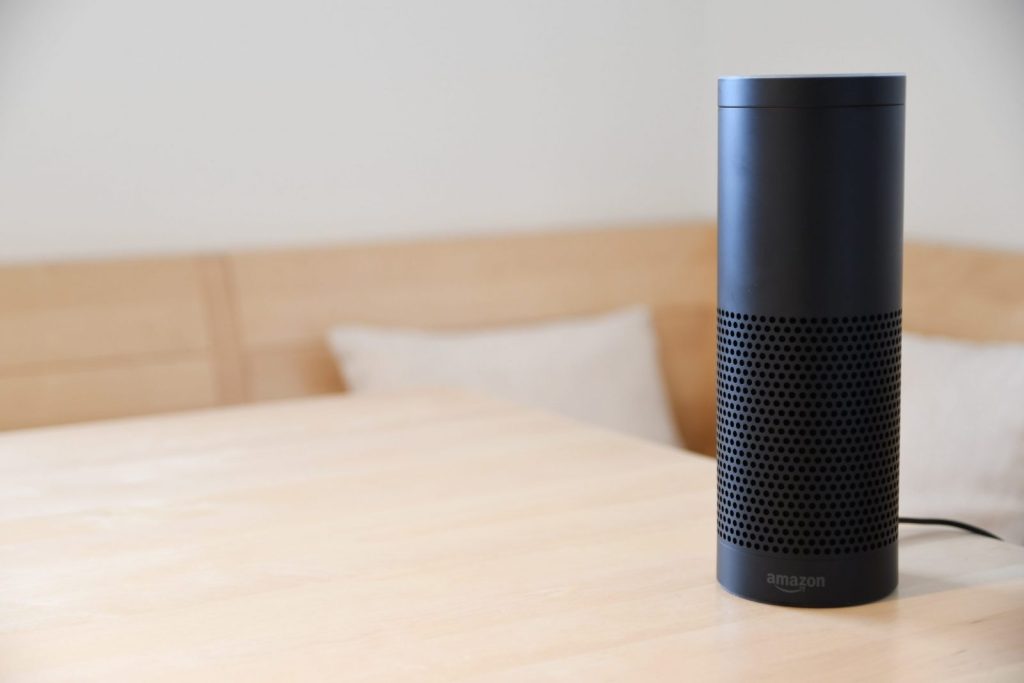
Remember “The Clapper”? That home electronic device of the 90s (with omnipresent late night commercials), that turned your lights on and off with the sound of a clap? In many ways, it represented a somewhat crude first step toward the truly amazing voice technology devices of today, such as Amazon Alexa and Google Home.
“The Clapper” also represented something else: A technological solution for a very real problem. Older people, often with limited mobility, sometimes struggle to perform common household tasks such as turning lights off and on.
Thanks to Alexa and her voice technology counterparts, we’ve already progressed far beyond mere light switching. Voice technology platforms and applications are being used to make hospital operations and patient care more efficient, accurate and productive.
And in the field of home healthcare, they are poised to do much the same.
Voice technology in home health care
“The Clapper” isn’t the only early voice tech device with a history of iconic late-night TV ads. Medical alert bracelets and necklaces (first popularized by a series of commercials created by Life Alert, featuring the now famous phrase “I’ve fallen, and I can’t get up!”) are designed to send for help if an elderly person becomes incapacitated inside their home.
Much like “The Clapper”, this device performs an important function — and one that’s been almost entirely supplanted in terms of utility by Alexa and Google Home. Instead of manually pressing a button and waiting for medical personnel to respond, elderly or disabled residents can use a simple voice command to summon immediate help.
And that’s only one application of the technology. Globally, home healthcare firms and their employees are using voice technology services to ensure patients stay on their prescribed medication schedule and follow physician instructions following surgery or an office visit.
One example of this in action is Amazon’s recent partnership with the pharmaceutical giant Merck. The two companies offered developers a $125,000 prize to develop a voice technology application designed to help diabetes patients monitor and manage their condition.
Amazon Alexa and Google Home not only serve as an ever-growing repository of critical personal data, they also reduce the level of friction needed to access that information — along with making simple household tasks or calls for help faster and easier.
Studies have also shown that isolation and loneliness can have seriously negative effects on the health and well-being of older people or the disabled. Voice technology platforms can also play an important role in this regard. As the technology grows more powerful and refined, interaction becomes more seamless and life-like, making people feel more connected and less isolated.
The takeaway
Voice technology is transforming the way healthcare is delivered both in a hospital and at home. It’s important, however, to rely on third party developers who have the requisite experience and skill to maximize the potential of voice applications.
Our agency works at the cutting edge of this groundbreaking technology. If you have questions about how these applications can best serve your needs, we urge you to contact us for more information.



